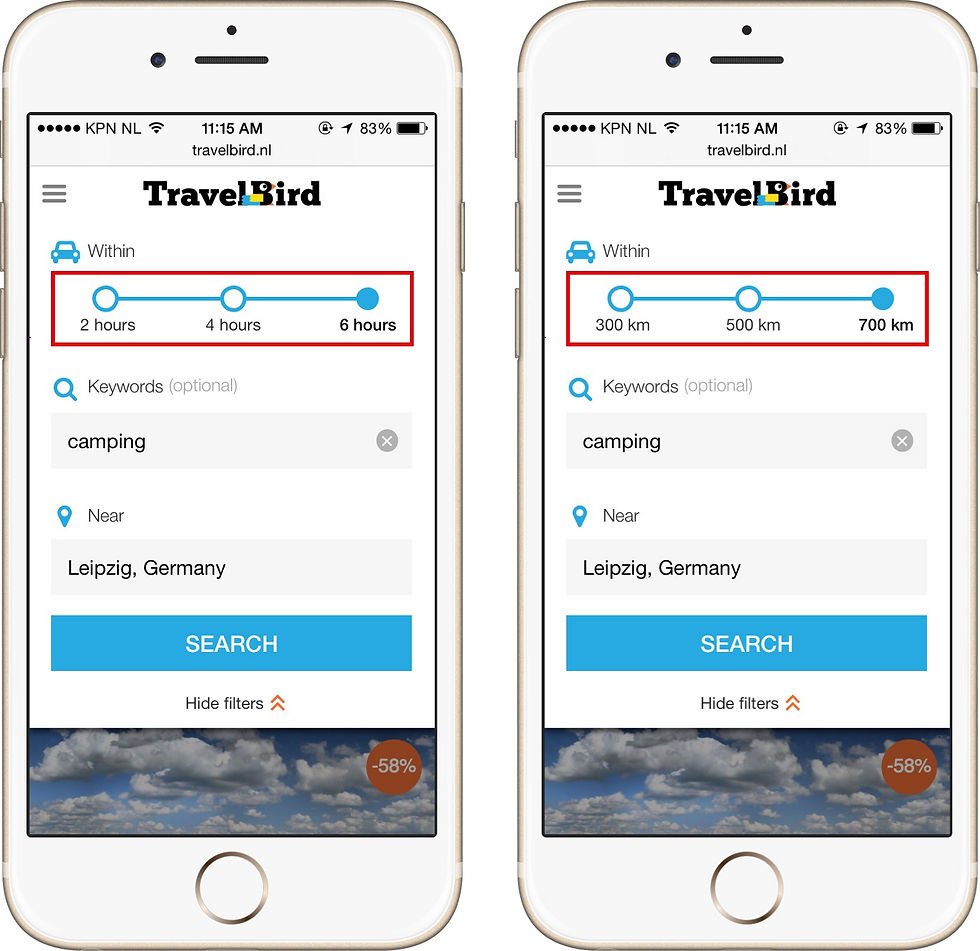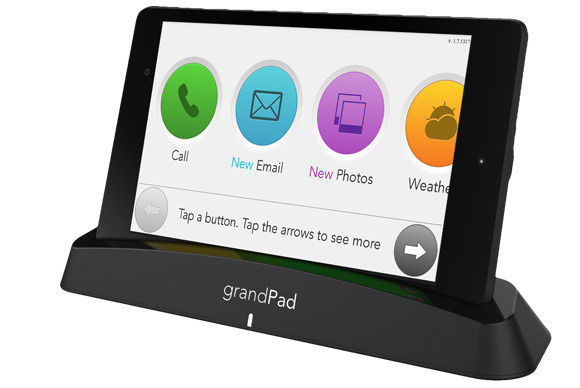The Importance of Cultural Difference in Design
- Chris Barnes

- Jun 4, 2020
- 3 min read
Culturally specific design is a very important factor in the globalization of a brand which a lot of companies neglect when moving into a new market. “designers not only have to contend with different languages, dialects, and dimensions of national culture, but also cultural differences in color psychology and mental models.” (Vieira, 2017). This aspect of UX design and marketing is crucial as it could make or break the product or service succeeding in a particular country.
For a design to succeed globally, they must understand the theory of mental models. In short, it is how each individual person perceives a product, system or service. The problem designers face with this, is not being able to look past the optimum design for them, or their group of designers. “Because designers know too much, they form wonderful mental models of their own creations, leading them to believe that each feature is easy to understand” (Nielsen, 2010). Lack of research and naivety of the designer(s) will lead to the failure of a design. This links nicely to an ethical responsibility case study where it was argued that the lack of diversity in the design team lead to the failure of an automated dispenser when it did not detect darker toned skin (Shenzhen Yuekun Technology, 2017).

Fig. 1- The Lewis Model
Figure 1 shows the Lewis model, a diagram breaking down cultural differences into 3 categories; Linear-active, multi-active and reactive variations. A business agreement fell through after an American firm (linear-active) handed a Japanese firm (reactive variations) a 50 page contract at the outset of their negotiations. The proposition failed “since the Japanese leaders felt that the Americans did not take the time to establish a relationship with them” (Hanks). Although this example is more business orientated than design, it highlights the importance of cultural differences and understanding mental models.

Fig. 1 – Region Specific UX design change for European Travel Company Travel Bird
Fig. 2 is a design case study orientated around UX design for a European based travel company. The design on the left uses a home to destination scale in hours. For the designer, this was the best way to display the information. The designer understood there were cultural differences that varied from many European countries to Germany. After conducting a feedback session, she learnt more about the German user thought process and different region specific road laws in Germany. “many people value the exact numbers. In this case, kilometres driven. With the driving speed varying greatly on German roads, the number of hours didn’t mean anything.” (Shen, 2016). The designer then proceeded to make region specific design changes for Germany using a home to destination scale in distance. This may be a very small change but it could determine whether a German person uses the service or not. Although it isn’t as extreme as the cross continent Japan/America case stated previously, it shows that cultural differences need to be considered from border to border.
To summarise, “when you take time to understand diversity, you show respect for other people’s cultures” (Fromowitz, 2017). If you respect the culture in your product, the people will respect the product.
“If you talk to a man in a language he understands, that goes to his head. If you talk to him in his language, that goes to his heart.” – Nelson Mandela
References
cuco_admin (2015) The Lewis Model – Dimensions of Behaviour [Weblog] Crossculture. 22nd June. Available from: https://www.crossculture.com/the-lewis-model-dimensions-of-behaviour/
FROMOWITZ, M (2017) Hall of shame: More multicultural brand blunders [Weblog] Campaign Live. 10th Feb. Available from: https://www.campaignlive.co.uk/article/hall-shame-multicultural-brand-blunders/1423941
HANKS, G (UNKNOWN) Examples of Company Failure Due to Cultural Mistakes [Weblog] Chron. Available from: https://smallbusiness.chron.com/examples-company-failure-due-cultural-mistakes-70712.html
LAZZARO, S (2017) Is this soap dispenser RACIST? Controversy as Facebook employee shares video of machine that only responds to white skin. Daily Mail [Online] 17th Aug. Available from: https://www.dailymail.co.uk/sciencetech/article-4800234/Is-soap-dispenser-RACIST.html
NEILSEN, J (2010) Mental Models [Weblog] Neilsen Norman Group. 17th Oct. Available from: https://www.nngroup.com/articles/mental-models/
RIFKI, N (2016) Similarities and Differences in Business Culture between China & Morocco (Part 2/6): Lewis got something to tell ya’ [Weblog] Medium. 25th Jan. Available from: https://medium.com/@RifkiNada/similarities-and-differences-in-business-culture-between-china-morocco-part-2-6-lewis-got-d2c4baa107ff
SHEN, J (2016) UX Design Across Different Cultures — Part 1 [Weblog] Prototypr.io. 17th Nov. Available from: https://blog.prototypr.io/ux-design-across-different-cultures-part-1-1caa12a504c0
VIEIRA, J (2017) The Complete Guide to Cross-cultural Design [Weblog] Toptal. Available from: https://www.toptal.com/designers/ux/guide-to-cross-cultural-design





Comments